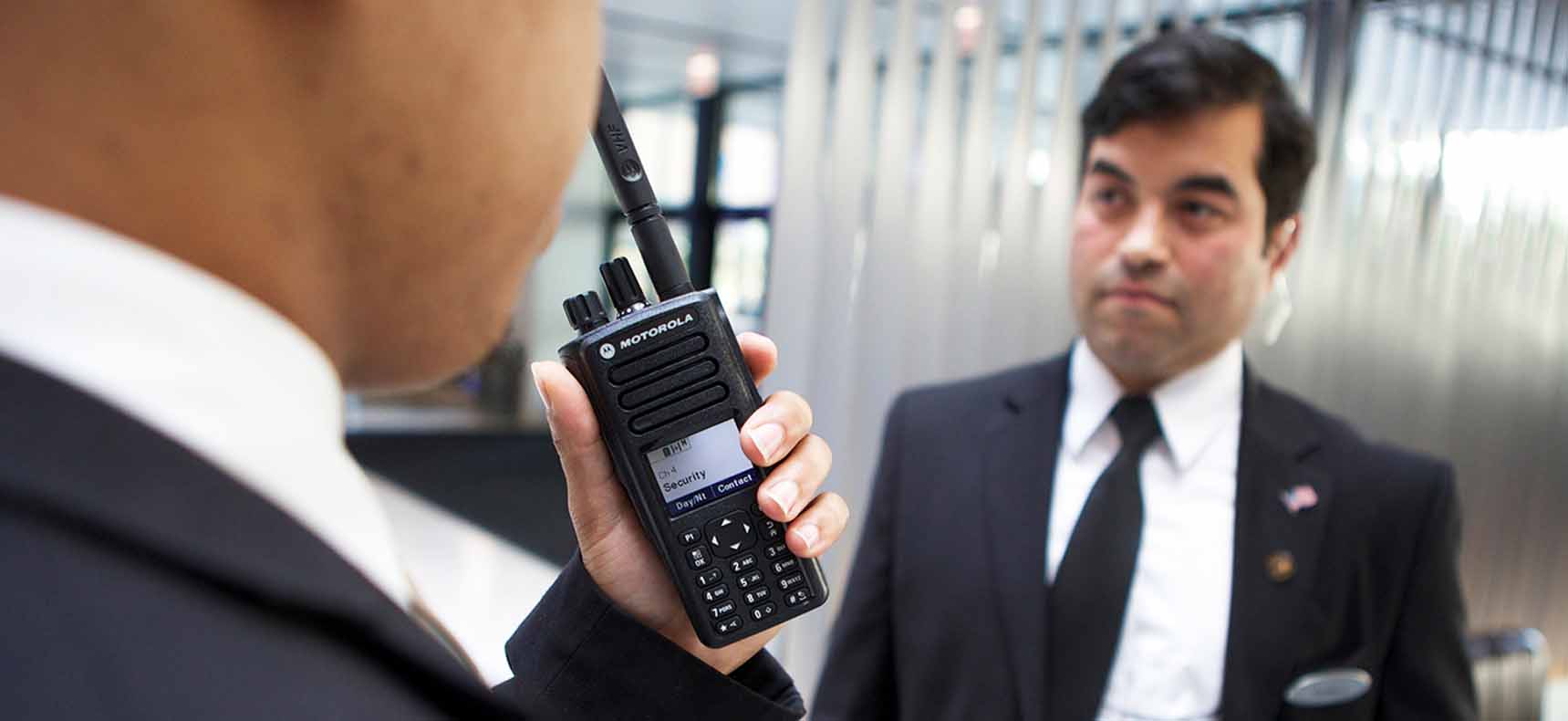Two-way radios are essentially a communication tool used in various industries as well as for recreational purposes, offering quick, reliable communication in real time. Whether you’re working in construction, security, or an outdoor adventure, knowing how to use a two-way radio properly is crucial.
This guide will walk you through the basics of how to use a two way radio, including routine operation, general communication etiquette, and tips for beginners.
What Is a Two-Way Radio?
Two-way radios, also known as walkie-talkies, are devices that allows you to send and receive voice transmissions using radio waves. Unlike a broadcast radio that only allow you to listen, a two-way radio or walkie-talkie is a communication device that enables both listening and speaking. This makes them ideal for real-time communication between individuals or teams across various distances.
Two-way radios are widely used in various sectors, such as construction, security, hospitality, and outdoor activities like camping or hiking.
Basic Two-Way Radio Operation
Learning to operate a two-way radio is not at all difficult. However, it does involve understanding a few of the key features of the device and following some basic communication rules.
You should first familiarize yourself with the essential features and functions of your two-way radio. Below is a simple guide to help you do just that.
Powering On Your Two-Way Radio
Selecting a Channel
Two-way radios or walkie-talkies function across multiple channels or frequencies. To ensure effective communication, it is critical to choose the right frequency. Whatever that frequency may be, all of your talk-group members should be tuned to the same frequency or channel to maintain clear and seamless interaction.
- Public Channels: These are channels commonly used for general mobile radio service (GMRS), and they may become congested by multiple users.
- Private Channels: Some radios offer private channels licensed by the Federal Communications Commission (FCC). These channels allow your team to operate on a designated FCC-coordinated channel with no interference from outside users.
Once you’ve selected the correct channel, monitor it for a few seconds to ensure the channel is clear before beginning your transmission.
Push-to-Talk Button (PTT)
Speaking Clearly
Receiving Messages
Monitoring Battery Levels
A dead radio battery can cut off communication when it’s most needed. Make it a routine to perform radio checks on battery levels before starting your day. Many radios or walkie-talkies have a battery indicator or alert radio codes when power is low. Always carry spare batteries for any emergency situation. Also, ensure that rechargeable batteries in the battery bank charger are fully charged before going on duty.
General Two-Way Radio Etiquette
Beyond just knowing the basic functions of a radio, there is also a radio communication etiquette to follow, especially when using two-way radios in a professional setting or in emergency communication. Using proper radio etiquette is the sign of a professional. Here’s how to use a two-way radio or walkie-talkie correctly by adhering to the standard rules of proper two-way radio etiquette.
1. Keep Transmissions Brief
2. Use Call-Signs
3. Acknowledge Messages
4. Wait for a Response
5. Use Clear, Simple Language
6. Use the Phonetic Alphabet for Clarity
7. Be Mindful of Background Noise
8. Conclude Conversations Properly
How to Use Two-Way Radios: Practical Tips
Practice Beforehand
Know Your Range
Understand Privacy Codes
Use Accessories
Respect the Law
Troubleshooting Common Two-Way Radio Issues
Finally, even if you learn how to use a two-way radio properly, technical issues can still arise. Here are some of the most common problems and how to address them:
- No Sound from the Speaker: Check if the volume is turned up or if the radio is muted. Ensure the battery isn’t dead. Finally, make sure there is not an audio accessory plugged into the accessory port.
- Transmission Problems: Verify that you’re on the same channel as your group. If the signal is weak, try changing your location to optimize your position and reduce interference.
- Battery Drains Quickly: If your battery life is shorter than expected, check to see if your radio is constantly scanning channels or operating at high power. Lowering the transmission power or turning off scanning can extend battery life. Also, batteries do not last forever. It may be time to replace your current inventory of batteries.
Operate Your Radio Correctly and with Confidence
Learning how to use a two-way radio may seem intimidating at first, but with practice and the right approach, you’ll find it an effective and reliable tool for communication. Whether you’re working on a job site or heading out on a camping trip, following the steps outlined here will help you operate your radio correctly and with confidence.
Remember the importance of always adhering to proper radio etiquette, keeping messages short and clear, and respecting your team’s need for efficient communication. By mastering how to use two-way radios, you’ll be better equipped to communicate in any situation, ensuring both safety and coordination across your group. Incorporating these practices ensures that you’re using your two-way radio to its full potential while maintaining professionalism and clear communication.
Trust SJM to Protect Your Two-way Radio Investment
SJM Industrial Radio has specialized in two-way radio and wireless communications in Los Angeles for over 30 years. As Motorola Solutions’ largest authorized dealer in the Los Angeles area, our account managers and certified technicians are experienced in all areas of on-site and wide-area communications. We provide exceptional service and products at all our locations.
Our mission statement says it all – SJM Industrial Radio is committed to providing the highest quality, most reliable two-way radio solutions for any industry, in any environment at the best price. Personalized customer service and satisfaction are paramount. SJM Industrial Radio will work with you to develop custom communications solutions that meet the specific needs of your business.
These communications solutions include training both you and your customers’ users on every piece of equipment they will be using. Trust SJM to make the best use of your communications investment.
Call SJM Industrial Radio TODAY!

